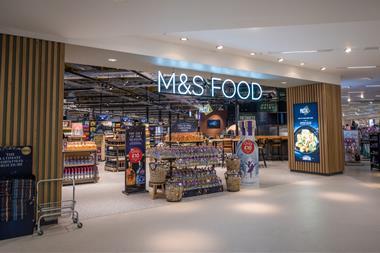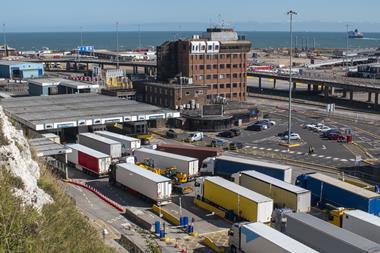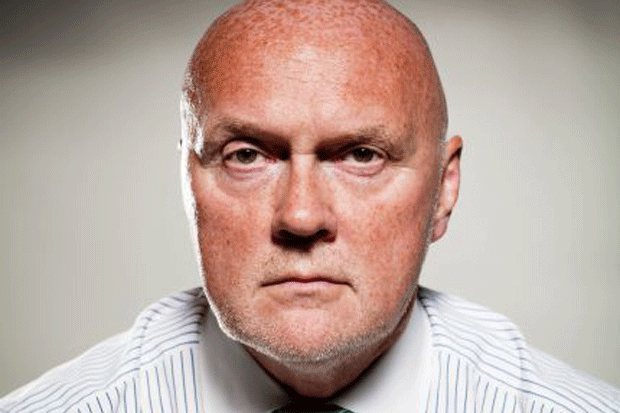Amazon is on the ropes. Last week, CEO Andy Jassy announced the company would be making still more job cuts to those announced late last year, taking the total to 18,000 globally.
It represents a comedown from the pandemic, when global lockdowns resulted in soaring e-commerce sales – of which Amazon enjoyed the lion’s share. To capitalise on the trend, the company doubled its workforce through Covid, peaking at a whopping 1.62 million staff in the first quarter of last year. It shelled out an additional $2bn on warehouse space to ensure it had the required capacity.
But as quickly as Covid came, it went. Amazon may have been too bullish in assuming growth would simply continue.
“Amazon simply hired too many people as they misjudged what would happen after the pandemic,” says former Amazon executive Brittain Ladd. “I have tremendous respect for the economists who work for Amazon, but I’m incredulous that they failed to understand that when the pandemic ended, consumers would revert back to their behaviours and online sales would fall.”
Post pandemic, like many of us, Amazon emerged flabbier than it should have been.
And things aren’t getting any better. Ahead of Christmas, the company was warning of weaker sales. Former CEO Jeff Bezos tweeted in October it was time to “batten down the hatches”. The company’s stock price has tumbled by around 50% over the past 12 months.
As Julian Skelly, retail lead at Publicis Sapient, puts it: “On the face of it, they may have expanded too aggressively for the market that they find themselves in today.”
While the situation is a sucker-punch for the e-commerce behemoth, it is far from a knockout blow.
Jassy sums up: “Companies that last a long time go through different phases. They’re not in heavy people expansion mode every year.”
Indeed, Amazon’s job cuts come just as many major tech companies are reducing headcounts to get a handle on costs. Salesforce announced this month plans to lay off 10% of its workforce — around 7,000 employees — and close offices as part of a cost-cutting plan. Twitter and Meta announced significant job cuts last year.
The three UK warehouse closures announced by Amazon this week is less of a downsizing than an upgrade – they are to be replaced with two new “state of the art” sites that will create 2,500 new jobs over the next three years, the company says.
What seems like troubled times for Amazon should be read as a “correction that is part of their plan” Skelly suggests.
Granted, that could be a fairly seismic correction. Ladd predicts the latest round of cuts are just the beginning, and suggests the company “may have to lay off 100,000 workers”.
Plus, in a few weeks, the company faces its first UK strike action – by workers in its Coventry warehouse.
Undoubtedly, “Amazon has a lot of tough choices to make” Ladd says. “Andy Jassy is about to enter The Year of Living Dangerously” (which according to some reports could see a leadership threat from Bezos).
But it is far from hitting the canvas. “The fundamentals of the business are still strong and digital channels and digital transformation are still the number one priority across retailers,” Skelly says. “Amazon are still leading the way in this and will continue to invest and grow – albeit with a keener focus on profitability”.
Amazon has been battered and bruised, but could well emerge tougher than ever.




















No comments yet